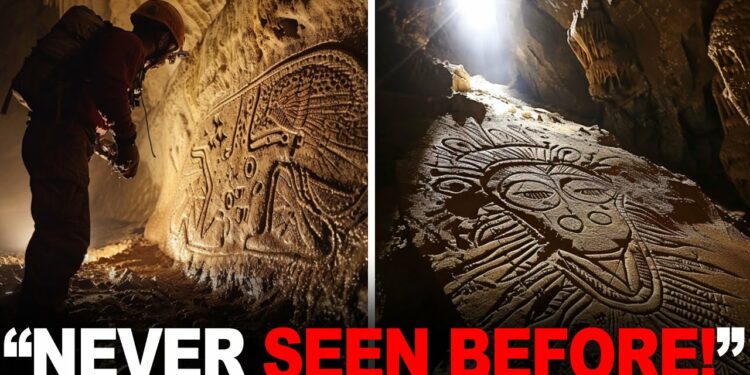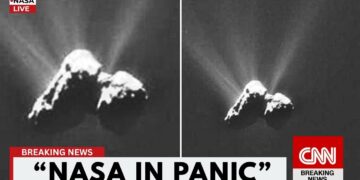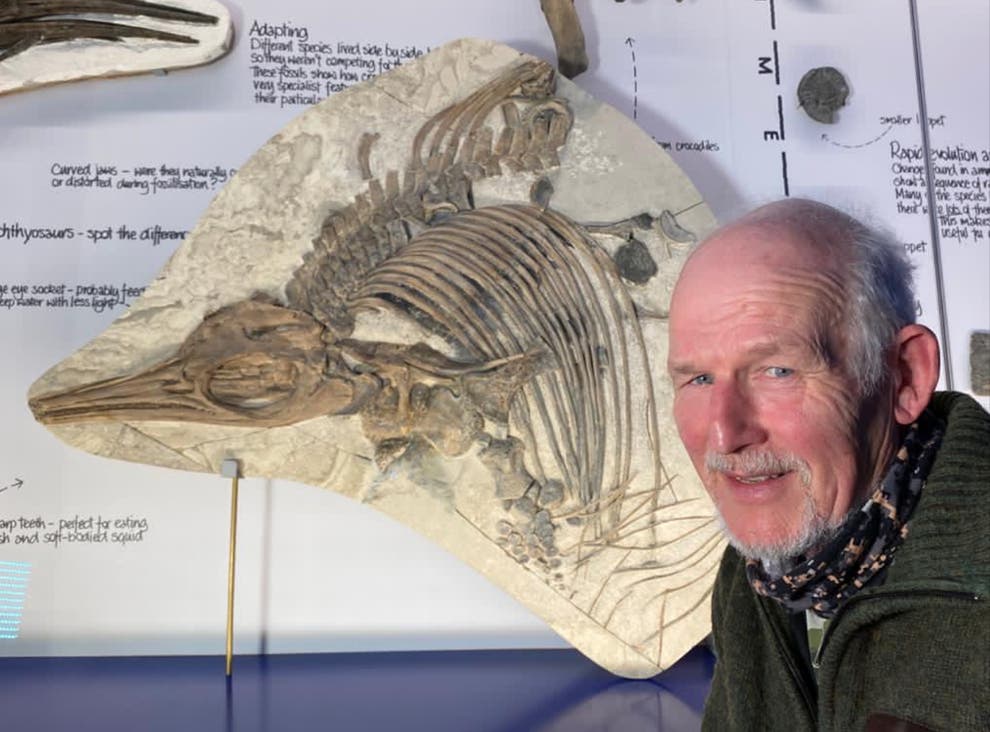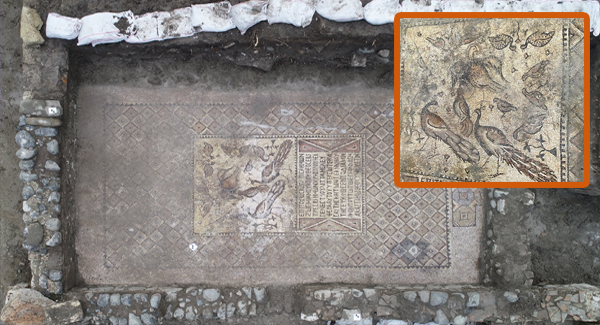- Depths of the Krubera Cave
Hidden in the Arabika Massif, Georgia, Krubera Cave is one of the world’s largest and deepest caves, plunging 7,215 feet underground. Its massive chambers could fit the Statue of Liberty without touching the ceiling. Accessing it requires navigating the treacherous Gagra Range and entering through six small openings. Inside, explorers face dramatic pits, deep chasms, and flooded chambers, making exploration risky and often requiring weeks to resurface. European researchers discovered Pluto orob balaganis, a blind, wingless creature living 6,000 feet below, but much of the cave remains unexplored, hiding potential unknown species. - Mysterious Humanoid Footprints
In Romania’s Cueva Cave, 400 footprints from 36,500 years ago were found in 1965, believed to belong to a man, woman, and child. Only 51 remain due to explorer damage. Radiocarbon dating of nearby cave bear fossils confirmed their age, suggesting early humans sought shelter from floods. The footprints show modern human features, but how they navigated the rugged cave without equipment remains a mystery. - The Vanished Cave Explorer
In November 2014, seasoned explorer Kenny Vich disappeared in the Mojave Desert after searching for a cave he called the “M Cave.” He described it as having an M-shaped entrance that caused his body to vibrate. Despite returning with a camera and gun, he couldn’t find it again. After criticism from his YouTube followers, he made a final trip to Sheep Mountain and vanished. His phone was found near an abandoned mine shaft, but no trace of him has been discovered. Theories range from accidental death to murder over hidden secrets. - Uncharted Passages of Veryovkina Cave
Located on the Black Sea’s eastern coast, Veryovkina Cave is the world’s deepest at 7,293 feet. It took Russian explorers 50 years and 30 expeditions to reach its bottom in 2018. Its small 10×13-foot entrance hides vast chambers, some the size of eight soccer fields, filled with rare scorpions, shrimps, and centipedes. Many passages remain unexplored, and the cave’s dangers have claimed numerous lives. - Strange Magnetic Anomalies
Denmark’s Monsted Kalkgruber, a limestone mine since the 1800s, spans 60 km with cathedral-sized chambers and narrow passages. It houses two large underground lakes and 18,000 bats in winter. Explorers report magnetic anomalies disrupting compasses and devices, possibly due to minerals, void spaces, or lightning. Despite being a cultural site with a museum, its eerie atmosphere remains unexplained. - Tragedy at Gouffre Berger
Once the world’s deepest cave at 3,681 feet, France’s Gouffre Berger, discovered in 1953, is notoriously dangerous. In July 1996, six experienced cavers entered, but a sudden flood trapped them. Two died—Nicola, caught by her jammer, and Istvan, whose cause of death remains unknown. The cave continues to claim lives, making it a terrifying challenge. - Ancient Rituals in Aktun Tunichil Muknal
Known as the “Cave of the Crystal Maiden” in Belize, this Mayan site contains ancient artifacts and the calcified skeleton of a 17-year-old boy, likely sacrificed between 250–909 AD to appease agricultural gods. Skeletons of seven adults and seven children, cemented to the cave floor, confirm human sacrifice was integral to Mayan culture. - Unmapped Underground Rivers
Mexico’s Sistema Huautla, discovered in 1965, features vast passages, 60-story waterfalls, and the 300-foot Aphrodite Hall. Its underground lakes, or sumps, up to 300 feet wide, remain uncharted. Explorer Ian Roland drowned here in 1994, and the rivers’ origins and lengths are still unknown despite extensive mapping efforts. - Unknown Depths of Son Doong
Vietnam’s Son Doong, the world’s largest cave by volume, discovered in 1990, could house a Boeing 747. It features 262-foot stalactites, an internal rainforest, and an uncharted underground river. Only a small portion has been explored, leaving its full extent and hidden treasures a mystery. - Tragedy at Ellison Cave
In February 2011, ten University of Florida students explored Georgia’s Ellison Cave. Two, Grant Lockenbach and Michael Pirie, died after becoming entangled in ropes at 150 feet and succumbing to hypothermia in frigid water. A lost bag and rope complicated the trip, and their fading voices marked the tragedy’s progression. - Glowing Cave Walls
New Zealand’s Waitomo Cave, explored in 1887 by Maori chief Tane Tinorau and surveyor Fred Mace, is renowned for its glowworm-lit ceilings, resembling a starry sky. These bioluminescent insects create a magical spectacle, making the cave a top natural attraction. - Disappearance in Boybuloq Cave
In April 1971, farmer Mustafo Zovich H. Mominov vanished in Uzbekistan’s Boybuloq Cave, Asia’s deepest at 4,690 feet. On a routine trip with his son, his kerosene lamp failed, and he fell into an abyss after missing the entrance. His body was never found, cementing the cave’s legendary status. - Unexplored Crystal Chambers
Mexico’s Cave of Crystals, discovered in 2000 in Chihuahua, lies 1,000 feet underground with 37-foot gypsum crystals formed over 26 million years. Its deadly heat makes exploration dangerous, and other nearby caves, like the Cave of Swords, add to its mystique. - Secrets of Hranice Abyss
The Czech Republic’s Hranice Abyss, the world’s deepest freshwater cave, may reach 1 km. In 2016, a remote-controlled vehicle reached 1,552 feet, but murky waters, debris, and dense air hinder exploration. Its true depth remains unknown. - Mystery of the Dead Divers
India’s Guna Cave, dubbed “Devil’s Kitchen,” has claimed at least 16 lives since 2016, with victims vanishing without a trace. In 1996, a minister’s nephew disappeared here, sparking theories of suicide or murder. Despite closures, its dangers persist, luring adventurers to their fate.























